At this point, it can be affirmed that the possibility of Russia agreeing to transfer technology for Vietnam to build its third Gepard pair will not happen.
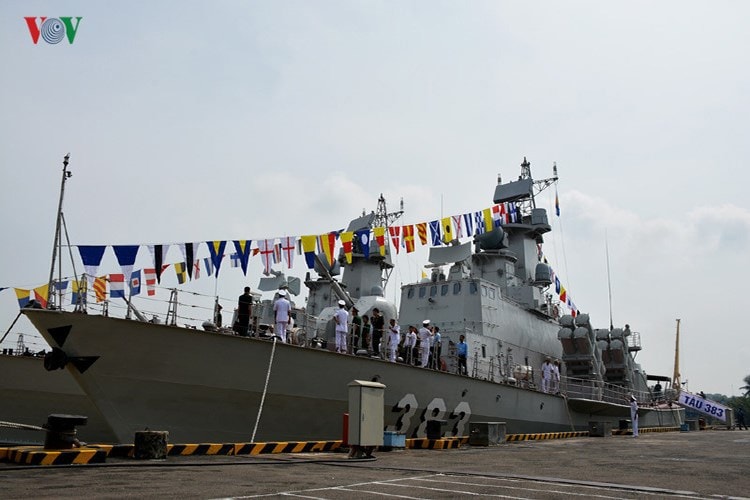 |
| When Vietnam signed a contract with Russia to build the first pair of Gepard 3.9 missile frigates, there were many expectations that the other side would agree to transfer technology so that we could build this class of state-of-the-art warships domestically, similar to the case of Molniya 1241.8. |
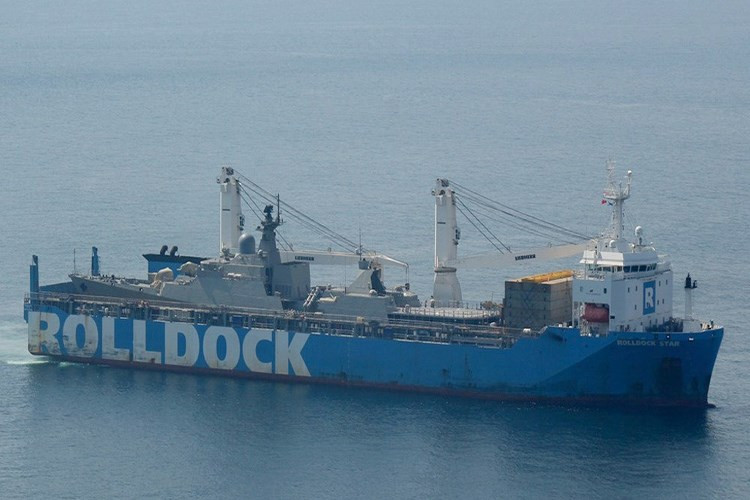 |
| However, up to now, after the second pair of Gepard has almost arrived in the country, the public information at this time only mentions the possibility that we will order a third pair of Gepard with a stronger weapon configuration, but there is not a single word about the prospect of them being built domestically. |
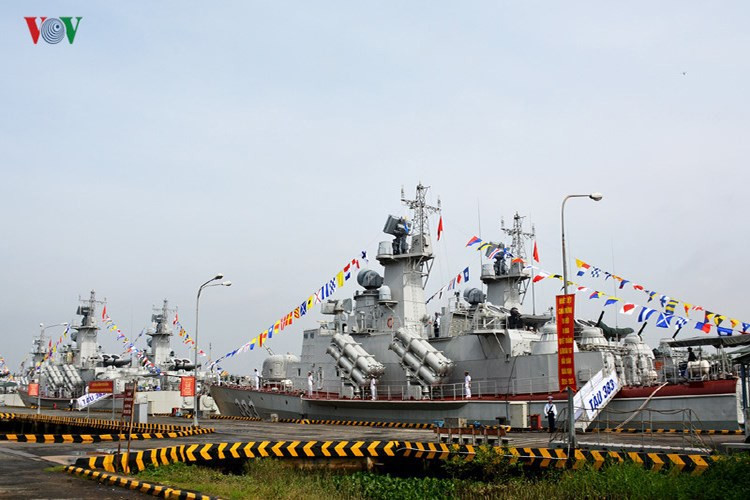 |
| This will be a gap in the Vietnamese military shipbuilding industry when the Molniya project has been completed, the Russian Gepard 3.9 is being built very slowly, while the need for a 2,000-ton warship is being assessed as very urgent. Furthermore, the SIGMA 9814 project is also in a "suspended" state. |
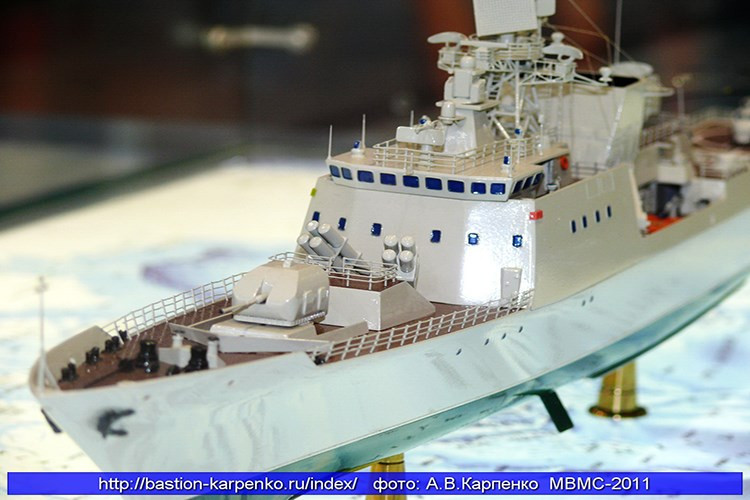 |
| With the above conditions, in order to quickly increase the number of large missile ships, can Vietnam consider restarting the project to build KBO-2000 class frigates designed by Russia's Northern Design Institute under Vietnam's order in the early 1990s? |
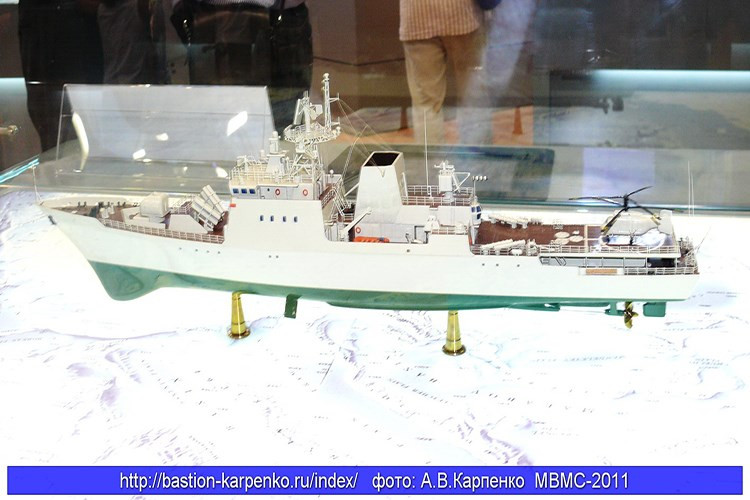 |
| This class of warship has a full load displacement of 2,100 tons (equivalent to Gepard 3.9); length 104.8 m; width 13.6 m. The ship's armament is very powerful and comprehensive, including 8 Kh-35 Uran-E anti-ship missiles, up to 24 9M331 (SA-N-9 - naval version of Tor-M1) short-range vertical launch air defense missiles, 4 SET-72 400 mm anti-submarine torpedoes. |
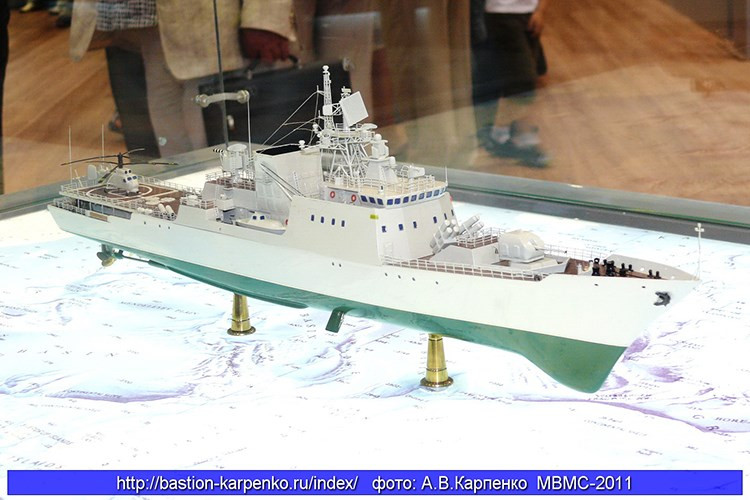 |
| In addition, the ship is also integrated with a 100mm A-190E naval gun, 2 AK-630M high-speed anti-aircraft guns, MR-755 Fregat MA1 reconnaissance radar, Garpun-Bal anti-ship missile fire radar, MR-360 Podkat anti-aircraft missile guidance radar and 5P-10-02E Puma radar to control artillery fire. |
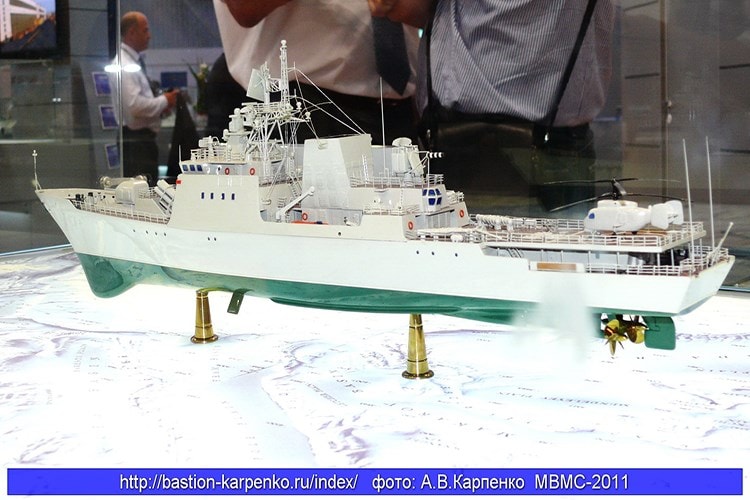 |
| The cancellation of the KBO-2000 project, according to many opinions, is due to our concern that it will encounter some technical errors like its "brother" BPS-500, also designed by the Northern Design Institute for the Vietnam Navy. |
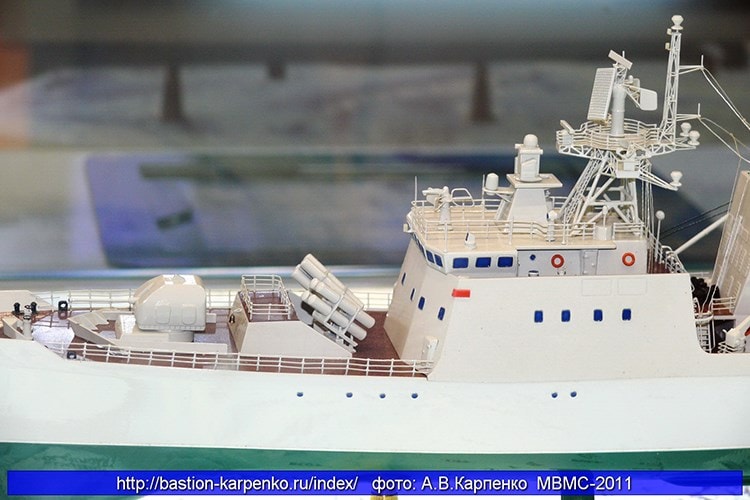 |
| However, since then, science and technology have made great strides, enough to ensure the ship will operate stably. In addition, the BPS-500 has been comprehensively upgraded with much more reliability than when it was first used. |
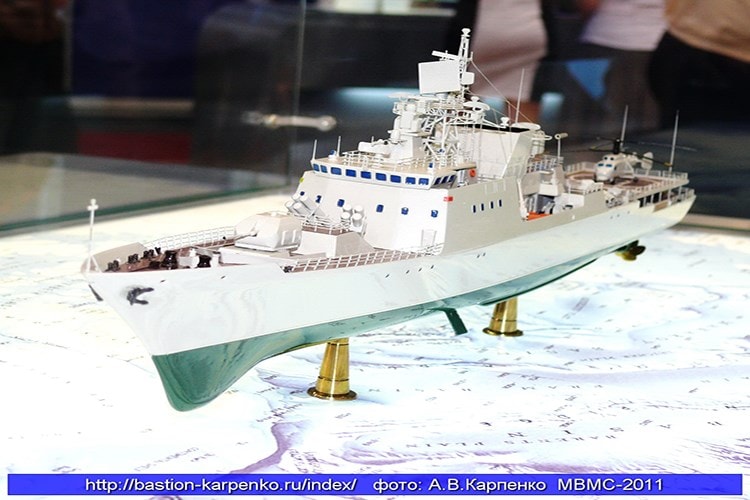 |
| Therefore, in order to rapidly increase the number of large surface ships and avoid further negotiations with foreign partners on the issue of technology transfer of SIGMA 9814 or Gepard 3.9, which always requires a large investment, Vietnam should probably restart the KBO-2000 program, which has been kept in the closet for many years. |
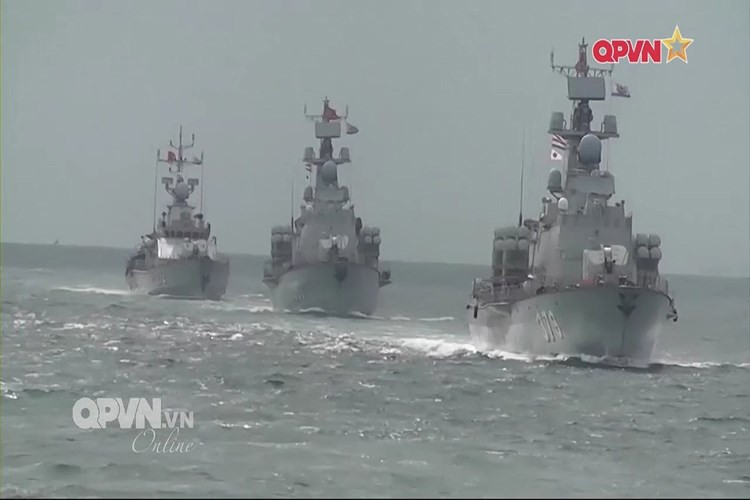 |
| This is really necessary for the current modernization requirements of our country's naval forces. Besides adding new warships to the existing fleet, self-building KBO-2000 also allows us to develop the capacity to build large-sized warships with long-term orientation. |
According to Kienthuc











